
Reklus 1937 Ford Indy car
By Dean Larson
Photos: Seller, Craigslist
Long before the advent of compound turbochargers, active aerodynamics and hybrid drive platforms, the essence of speed was a lot more simple, and by effect, more romantic as well. Going fast was all about taking a vehicle down to its most basic functional parts and enhancing it from there. Porting and polishing, lowering and simplifying suspension systems and crafting streamlined alloy bodies — that was high-tech once upon a time, but also simple enough for your average Joe to attain.
Fords were also available everywhere in the 1930s, from used lots, to farmer’s fields and junkyards, and availability, combined with America’s newfound fascination with speed, gave rise to the Ford special. The Ford special crossed lines into many different motorsports disciplines, but generally consisted of late ’20s to mid ’30s Ford frame rails, a solid rear axle, lowered beam axle up front, a streamlined, open-wheel body and a warmed over Ford engine — be it the L-head inline-four or new flathead V8.
Ford specials dominated many early forms of motorsport through the 1930s, even if sometimes just by sheer numbers, and this 1937 Ford Indy recreation on Craigslist harkens back to that era with stunning flair. It was crafted by a company called Reklus Classic & Sport Cars in Buenos Aires, Argentina in 2000. The seller states that maybe a half dozen cars like this one were built, and you can find one or two others with a quick internet search, but none quite as charming as this one. The car is allegedly not an exact replica of any known Indy car, but instead a representation of the era, according to the seller.
Possibly the most striking feature of the car is the foreword-looking Indy car body with a blunt nose, presumably to make room for the flathead V8 and its larger cooling system. Out back, there’s a traditional Indy car and dirt-track style tail section with a couple air ducts built in and a slick headrest bump. All those features are worked in quite seamlessly over (presumably) ’30s Ford frame rails with a dropped beam axle up front, and likely a solid rear with buggy springs.
They hit a sweet spot with the design of this body, as Indy cars were changing rapidly in the late 1930s. Designs of the early ’30s often featured a blunt radiator shell and tall skinny bodywork, but that was all changing by ’37. Cars started to get wider and lower, deviating much further from the original Ford special formula. The widely-known Miller-Fords of the day were even starting to run front-wheel drive and independent suspension systems as the stakes at Indy grew.
But the Reklus Ford special has a much simpler feel. It sports a period-correct Ford flathead with a 2x4 downdraft carburetor intake and aluminum Edelbrock heads. Large, cast aluminum brakes can be seen through the 20-inch, knockoff wire wheels, and vintage Firestone rubber helps compete the image. The lengthened V8 decal on the side of the car is a period detail, seen on the Miller-Ford Indy cars and others. The interior is everything you’d expect, from the machine-turned dash, to the center-mounted shifter, Brooklands-type screen and period-Ford gauges.
Driving this Ford special has to be a true delight, as you watch the vintage wires from the center of the car and listen to the flathead hum along. The car is offered for sale in Scottsdale, Arizona with a clear title. The price? $62,500.
We have only one other car to gauge that price, another Reklus Ford special, which was sold twice that we could find in recent years. Back in ’08, someone got a steal at Barrett-Jackson when the grabbed the car for $29,700. But reflecting the change in year and venue, the same car was listed here for $75,000 (actual selling price unknown) sometime around 2011.
Admittedly, the market is quite different now than it was in ’08 and ’11, and the car offered here is a bit more handsome than the black car, so we'd expect the value of this car to fall somewhere between $50,000 and $60,000.
Check it out here on Phoenix Craigslist.

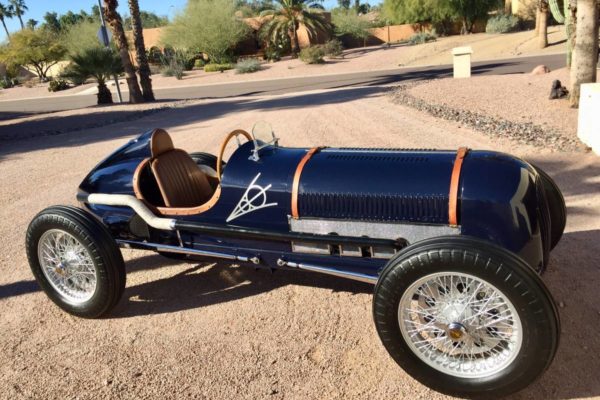
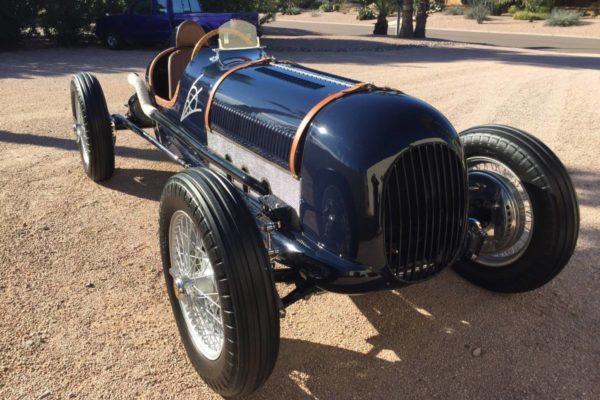
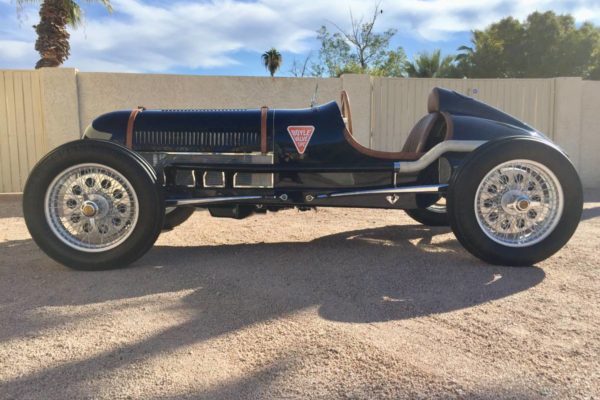
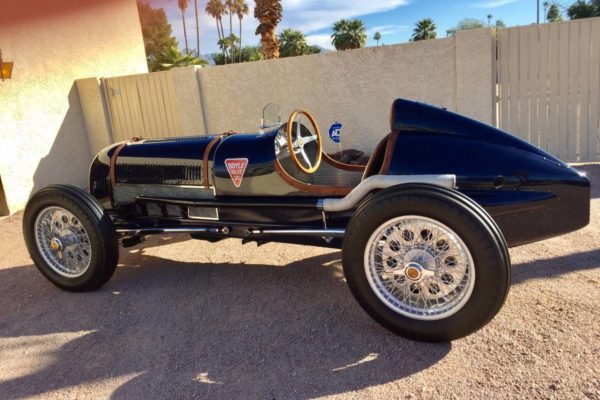
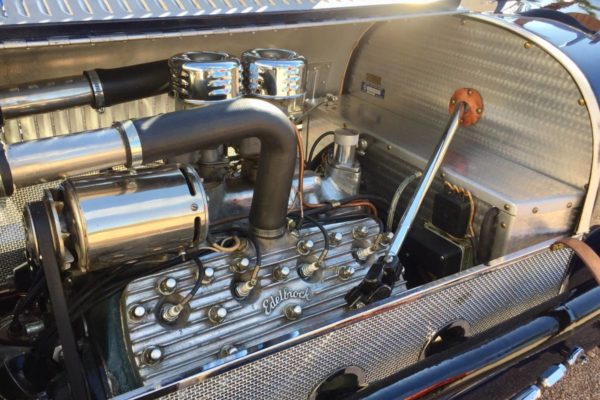
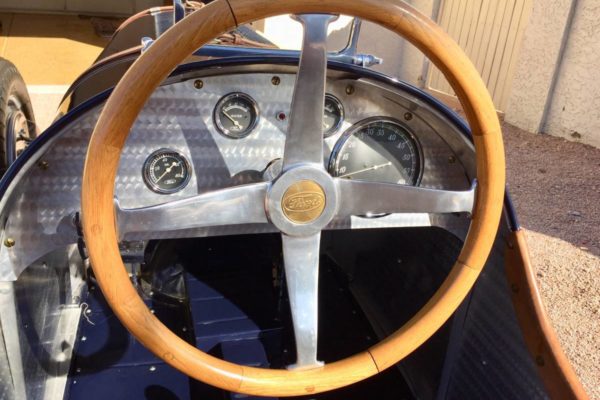
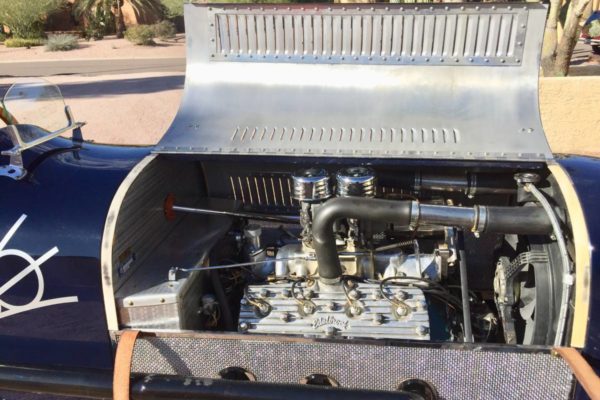
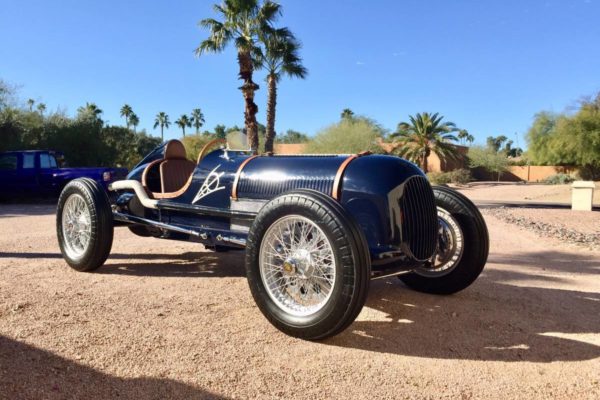
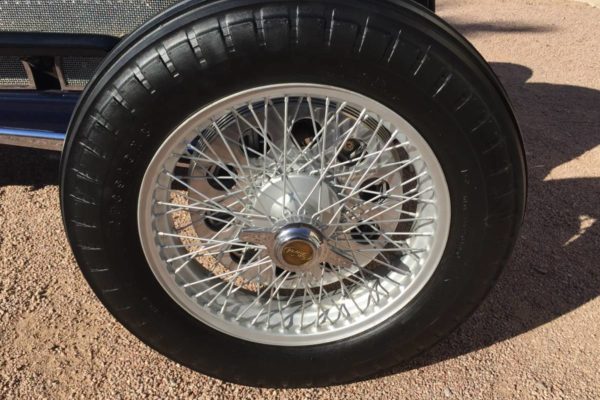
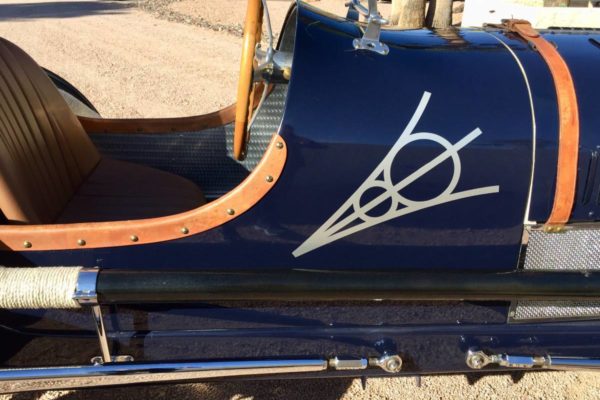
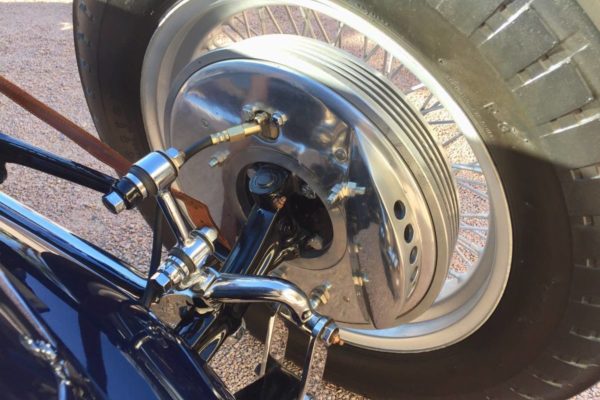
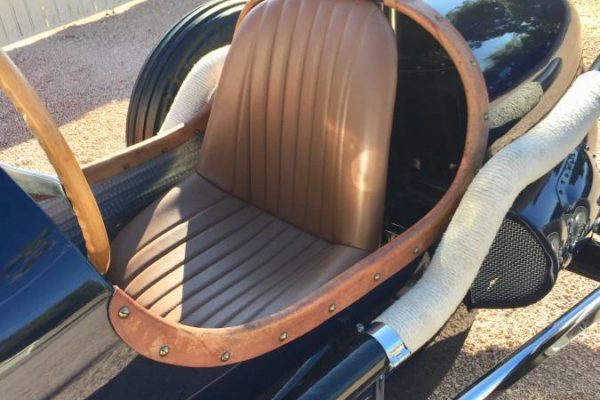
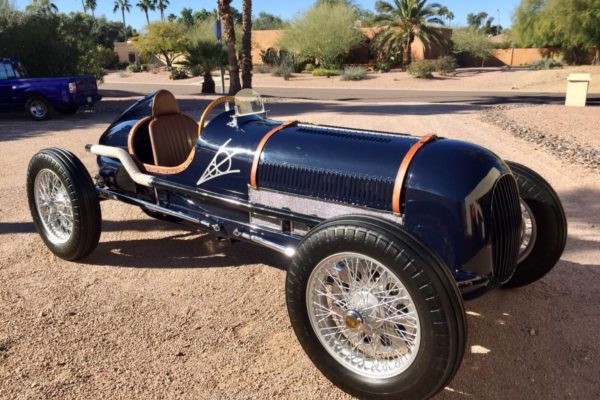
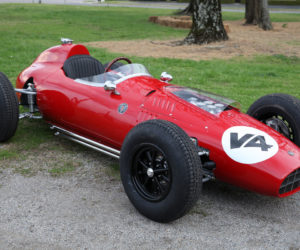
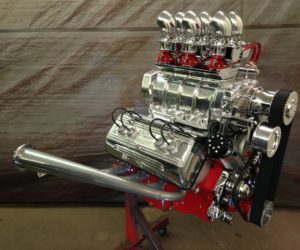
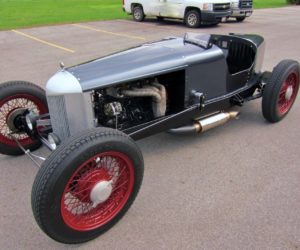
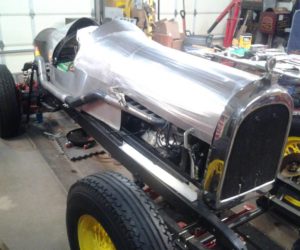
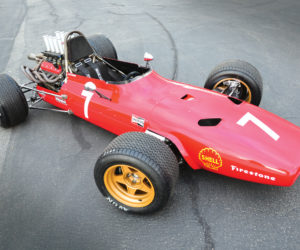
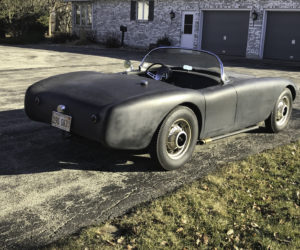




Comments for: Reviving an Era
comments powered by Disqus